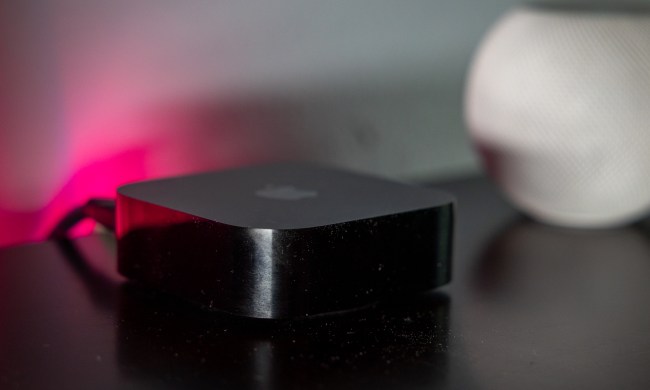If you’re one of the early adapters of 4K Ultra High Definition (UHD) TVs, you’ve likely become frustrated by the lack of native content available to show off all those glorious pixels as they were meant to be seen. So, why not bring the final frontier into your living room?
Yes, that’s right we’re talking about space, delivered to your flat screen. Soon, even couch potatoes will be able to explore the cosmos they way they were meant to be seen, as the National Aeronautics and Space Administration (NASA for those into the whole brevity thing) is prepping a UHD TV channel aimed to broadcast on cable and satellite carriers, as well as being available for streaming.
The channel will include live feeds from several cameras stationed around the ISS (International Space Station) and will reportedly give those affixed to earth an idea of what life is like for those orbiting it.
NASA’s network will also tap into at least part of its massive library of archival footage and the agency is currently working to remaster portions of the collection. With 2160p resolution video, the new content will work on conventional TVs and will be stream-able on connected devices as well, provided your internet connection runs at a speed of 13Mbps or higher.
The channel will represent the first, non-commercial, dedicated Ultra High Definition consumer network.
Thus far, UHD content has been delivered primarily via the internet and is often viewed on the smaller screens of connected devices like tablets and smartphones. But what do you have that 70-inch beast in your living room for if you’re going to watch everything on tiny, portable screens?
The interest in this sort of footage has proven to be substantial in the past and 57 million users have logged on to the ISS live feed on UStream to date. That’s one log-in for every 6 people in America. You can check out some of the UHD footage NASA has released in the past in the video embedded above.
NASA will bodly take you where no channel has gone before starting November 1, 2015.


